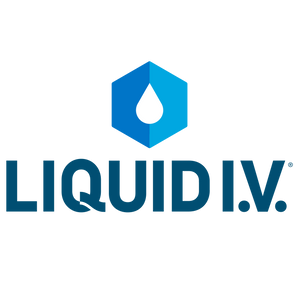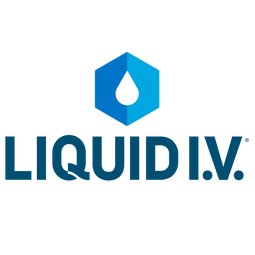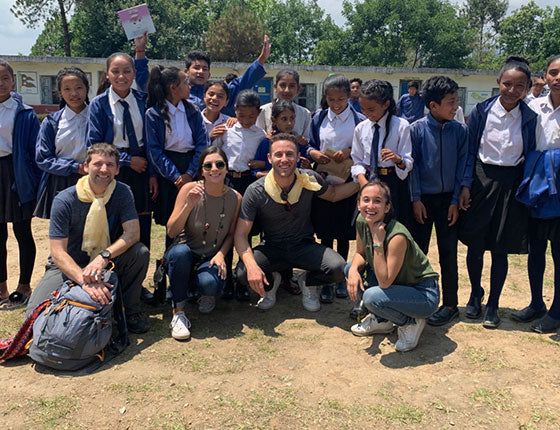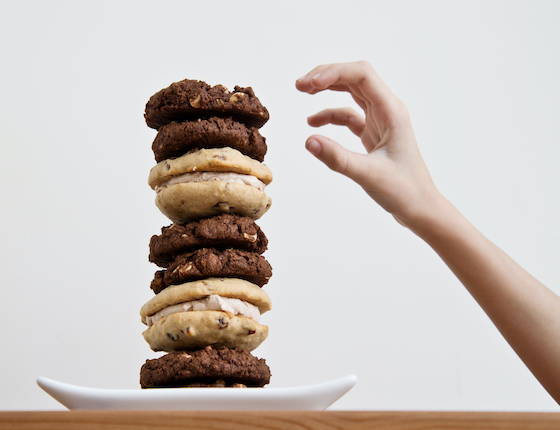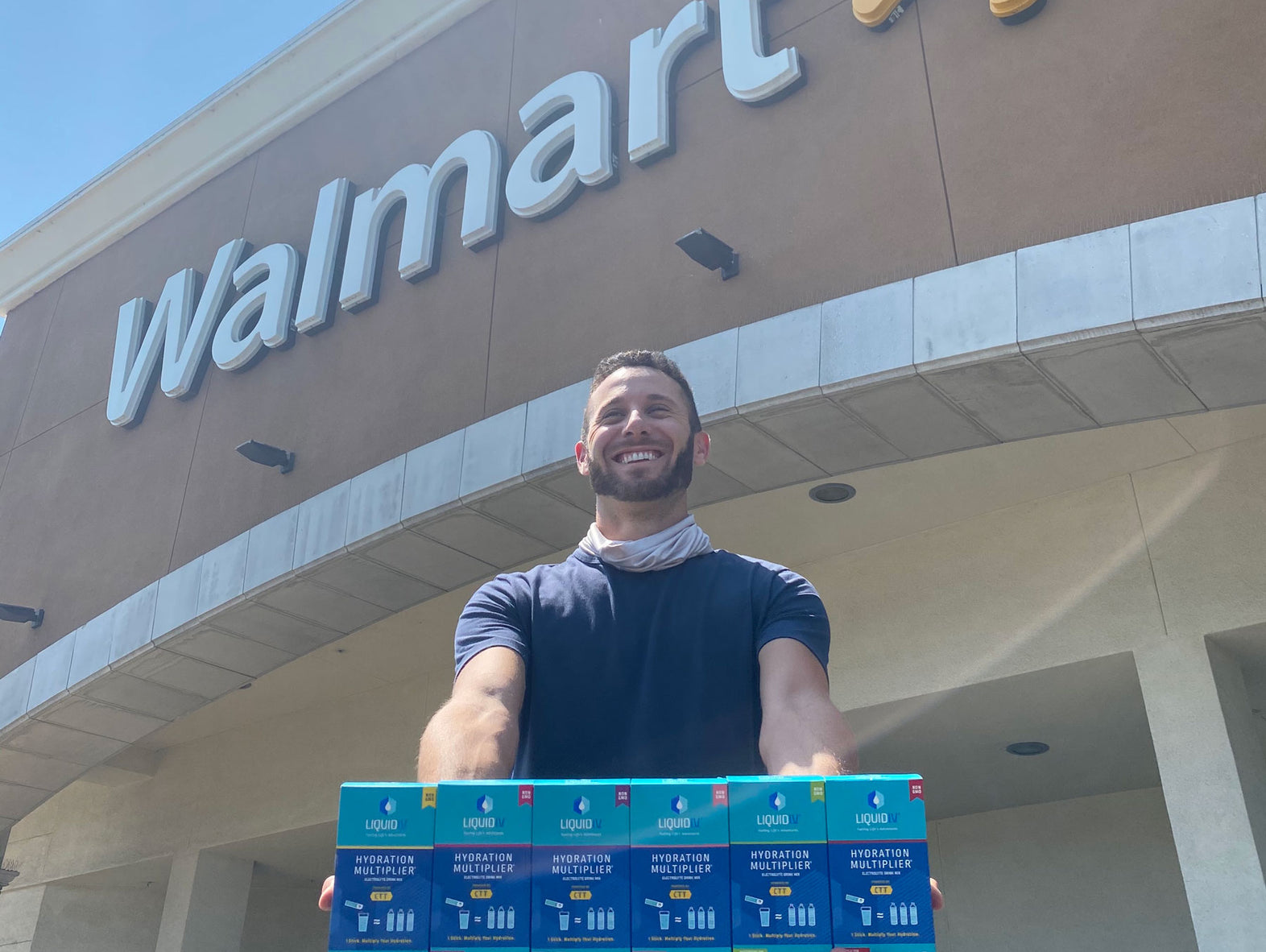Watching for Signs of Dehydration in Kids This Season
Dehydration can strike at anytime, regardless of the weather patterns, but seasonal changes in particular can be a sneaky time for dehydration to rear its head. Regardless of the time of year, these shifts in temperature often catch families off guard as they work to fight the seasonal cold or flu wave. Dehydration in kids is already something to watch for, since children are generally more susceptible, but keeping up with the seasons can be an even bigger task, particularly if your child is active in sports or other extra-curricular activities.
To help, we’ve created a quick guide for keeping tabs on the common signs of dehydration in kids, from the more moderate cases to the severe.
Signs of Dehydration in Kids: Who Is At Risk?
It’s true that people of all ages are susceptible to dehydration, but children in particular represent one of the most at-risk age groups. Generally speaking, the younger the child is, the more likely they are to become dehydrated, so it’s important to know how much your child should be consuming on a daily basis.
The World Health Organization recommends the following for daily fluid intake for children.
|
Age |
Recommended Fluid Intake |
|
7 - 12 months |
.8 L / day (27 ounces) |
|
1 - 3 years |
1.3 L / day (44 ounces) |
|
4 - 8 years |
1.7 L / day (57.5 ounces) |
|
9 - 13 years |
Boys: 2.4 L / day (81 ounces) Girls: 2.1 L / day (71 ounces) |
Signs of Dehydration in Kids: Early Stages and Treatment
Since most younger children lack the ability to advocate for themselves in terms of their fluid intake, the signs of dehydration in kids can often be the first indicator that they’re in need of some liquid nourishment, so it’s critical to know what to look for even at the earliest stages.
Some of the first indicators that your kids may be dehydrated include dry or cracked lips, lower energy levels, or even fatigue, but since these can all be relatively normal symptoms in children, dehydration at its earliest stages can often stay hidden behind everyday habits and activities.
Treating early stage dehydration is easily done through water or fruit juice, and almost never requires any additional foods or beverages to be consumed. In order to avoid dehydration from setting in at all, hydrating with an electrolyte-based beverage is recommended, especially for kids who are active in sports or other physically-demanding activities.
Moderate Dehydration and Treatment
When it comes to moderate dehydration, symptoms can include irritability, dry skin, and dark circles around the eyes along with some of the earlier signs. By nature of their appearance, moderate dehydration symptoms can be a clearer guide to figuring out what your child needs. While moderate symptoms usually appear well before severe dehydration kicks in, it’s critical to address any signs of dehydration as soon as possible in order to prevent possible complications and emergencies.
In terms of treatment, moderate dehydration in children is the time to consider incorporating fast-acting hydration products into the treatment cycle, including the use of electrolytes and other salty or sugar-based drinks. Electrolyte powders like the array that Liquid IV offers serve as “hydration multipliers,” and allow fluids to make their way to the bloodstream much faster than water alone. Still, even if you’re relying on hydration multipliers, full fluid replacement can take up to a day and a half, so letting your child rest can be as important as the fluid itself.
Severe Dehydration and Treatment
Once dehydration progresses to its severest stage, children (especially babies) should be seen by a doctor. The worsening signs of dehydration can include all of the common markers mentioned above along with these noteworthy symptoms: crying that doesn’t produce tears, low or no urine output for more than 6 hours (or very very dark urine), or a fever that ranges higher than 103 degrees. If your child is already sick, it’s easier for symptoms of dehydration to move from moderate to severe at a faster pace than in a typically healthy child. If your child has the flu or is vomiting, another sign of severe dehydration is vomit that is green in color for an extended period of time.
If you believe your child may be severely dehydrated, the best solution is to seek medical care, preferably soon after you recognize key symptoms. Depending on the severity of the condition, an IV may be the optimal treatment in order to restore fluid levels back to normal. If you’re unable to visit the doctor right away, begin incorporating fast-acting electrolyte powders or supplements in order to expedite the rehydration process. Although it’s tempting to have your child consume as much liquid as possible, start by offering small sips of an electrolyte beverage, in order to let the water and sodium get absorbed into the body before more liquid is consumed. Once a child is severely dehydrated, it will likely be at least a couple of days before their fluid levels are fully restored, and their energy is back to normal. Rest and a continued regimen of oral rehydration solutions is highly recommended.
Final Thoughts on Signs of Dehydration in Kids
While the initial signs of dehydration in kids are sometimes easy to overlook, try to keep an eye out for the tell tale signs that your child might be in need of fluids, particularly during the winter and summer seasons. The earlier you address symptoms, the easier it will be for your child to recover quickly without the need for a visit to the doctor’s office. Also, consider keeping a box of Liquid I.V. stocked in your home or vehicle—you never know when it may come in handy!
